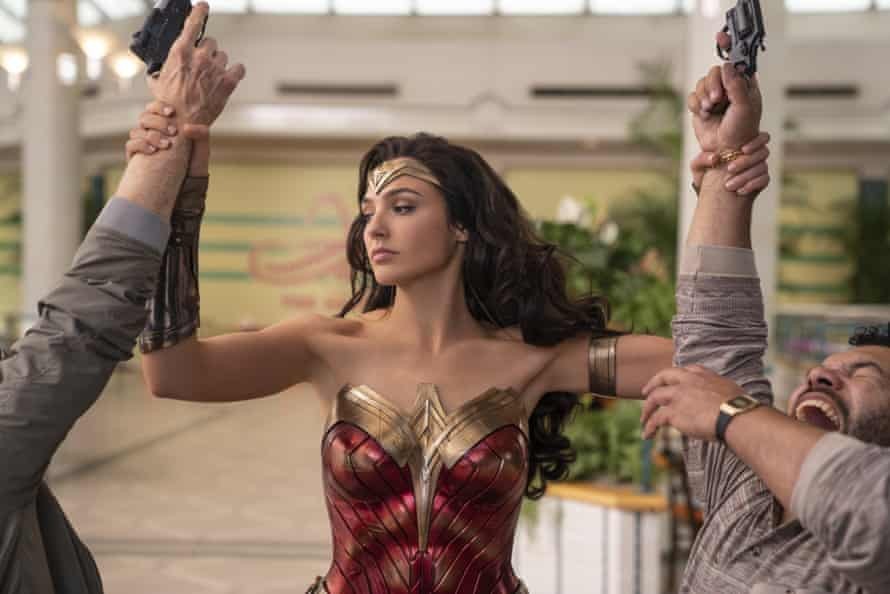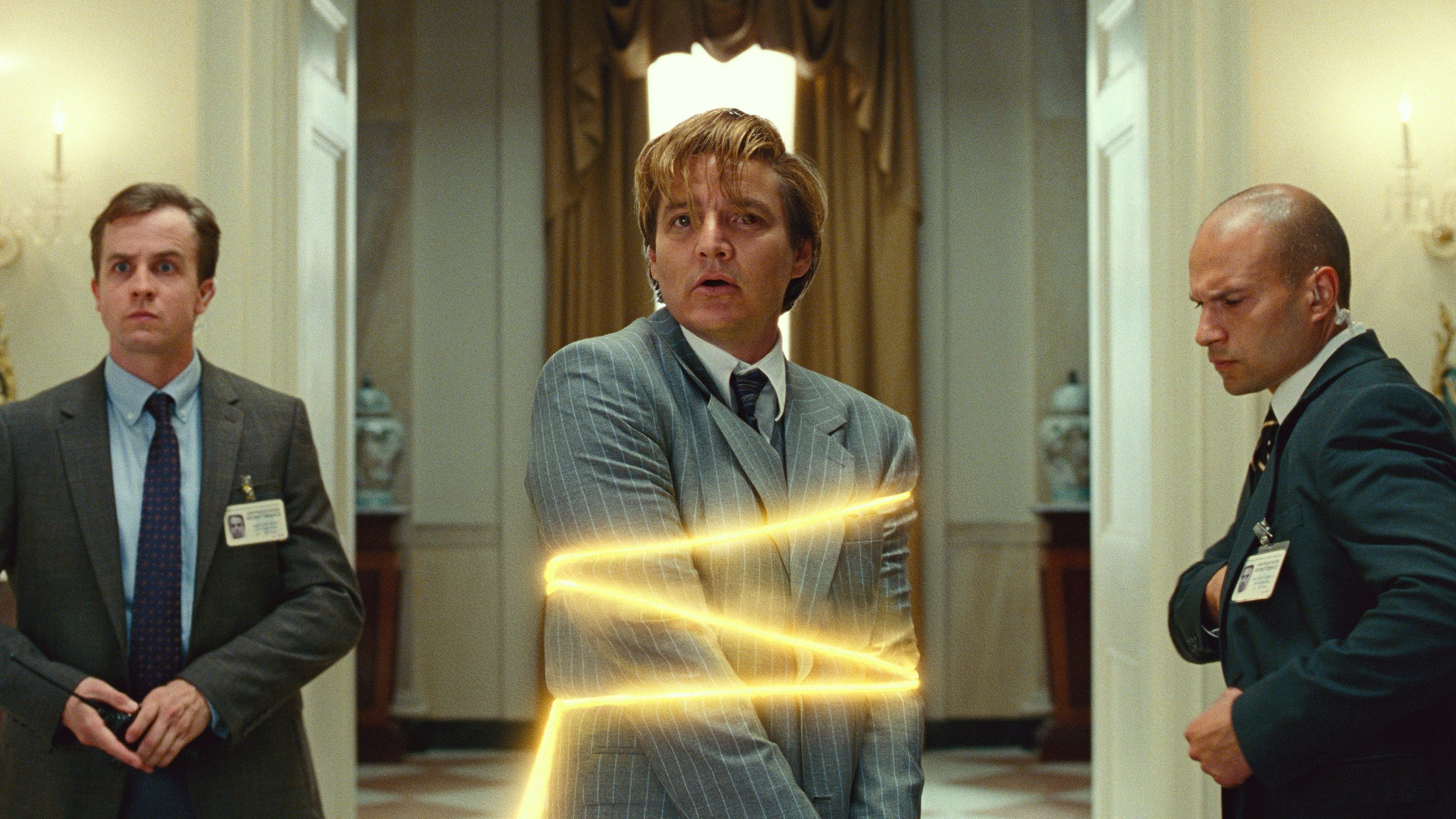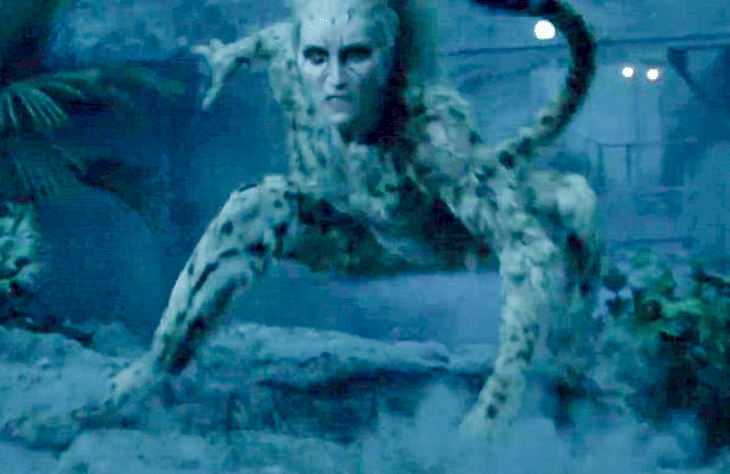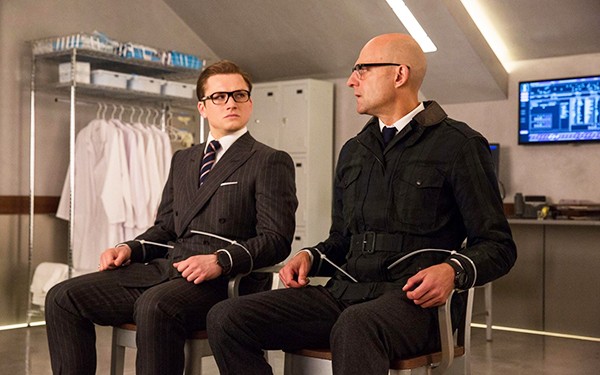What do we talk about when we talk about a “Nicolas Cage movie”? Are we thinking about his trilogy of classic teen films Fast Times at Ridgemont High, Valley Girl, and Rumble Fish, which was directed by his uncle Francis Ford Coppola? Is it Moonstruck, a perfect romantic comedy where Cage operatically romances Best Actress winner Cher? Is it Raising Arizona, one of the greatest comedies ever made where he delivers a Charlie Chaplin-level performance? Is it Cage channeling the spirit of Elvis in David Lynch’s gonzo road picture Wild At Heart? Is it Cage doing his own stunt driving as Memphis Raines, the car thief in Martin Scorsese’s Gone in 60 Seconds? Is it his heart-rending performance as a suicidal alcoholic in Leaving Lost Vegas which earned him a Best Actor Oscar?
No. When you say “Nic Cage movie”, you mean Con Air, the beloved, but brainless mid-90s action film. You mean National Treasure, the even more brainless 2004 action film. You mean Left Behind. You mean Running With The Devil, Kill Chain, Primal, and Grand Isle, all direct-to-video films Cage made in a single year.
You gotta hand it to Cage. There aren’t many artists who have an entire subgenre named after them, even if said genre is “half-assed action films where Nic Cage goes nuts.” It’s a tribute to the actor’s massive talent that he’s always the most interesting thing on screen.
But with massive talent comes the unbearable weight of legend. So what if Cage got in a little over his head when he was making $20 million a film, had four divorces (one of them involving Lisa Marie Presley), ran up some big debts, and spent a few years taking any part that came across his agent’s desk? As Nicolas Cage says as Nic Cage in The Unbearable Weight of Massive Talent, you don’t criticize any other professionals for “working too much.” The great Alec Guinness took roles in films he thought were stupid, like Star Wars.

Okay, bad example. But the point stands. Great actors work. Cage’s outsized personality spawned an even more outsized legend, and director Tom Gormican somehow convinced the actor to let him play with it by writing a film where Nic Cage plays himself. The full frontal Cage-on-Cage action holds the promise of explosive weirdness — think Being John Malkovich meets Ghost Rider.
The Unbearable Weight of Massive Talent starts promisingly enough, with Nic Cage having a Hollywood power lunch trying to get a part that would revive his career. On the drive home, Cage is visited by Nicky Cage, a younger version of himself from the Wild At Heart days who urges older Cage to stay true to his “nouveau shamanic” acting style. (Yes, that’s a real thing.) Alas, Cage doesn’t get the part, with his agent (Neil Patrick Harris) delivering the dreaded reply “They decided to go in a different direction.” The despondent Cage gets whiskey drunk at his estranged daughter Addy’s (Anna McDonald) 16th birthday party and embarrasses himself and his most recent ex-wife (Sharon Hogan).
It’s the last straw for Cage. He decides to retire after taking one final job: $1 million for a personal appearance at a birthday party in Mallorca, Spain, for a reclusive billionaire named Javi Gutierrez (Pedro Pascal).
When he arrives in the tropical paradise, Cage finds that Javi is a super-fan who really just wants the actor to read his screenplay, but the two get along pretty well. Then, Cage is kidnapped by two people claiming to be CIA agents (Tiffany Haddish and Ike Barinholtz) who tell him Javi is really an international arms smuggler who is holding a politician’s daughter hostage. Cage must go undercover to save the girl and betray his biggest fan — in other words, a Nic Cage movie breaks out.

Maybe my expectations were too high, but if you’re going to come at me with a title like The Unbearable Weight of Massive Talent and have Nic Cage playing himself in some kind of self-reflexive meta funhouse situation, you’d better be prepared to throw open the doors of perception and ride a zebra through them. Gormican repeatedly walks up to the edge of weirdness, but never commits to the bit. Case in point: When Nic and Javi try to overcome writer’s block by taking LSD, we see them acting weird and paranoid, but we do not see what they’re seeing. The whole thing just feels timid, especially in a year that brought us the psychedelic masterpiece of Everything Everywhere All At Once.
The Unbearable Weight of Massive Talent is a light, feel-good victory lap for Cage and fans of Face/Off, but it’s not even the most meta film the star of Adaptation ever made. Instead, it is like most other Nic Cage films of the last decade: a half-assed production in which Nic Cage is the most interesting thing on screen.








